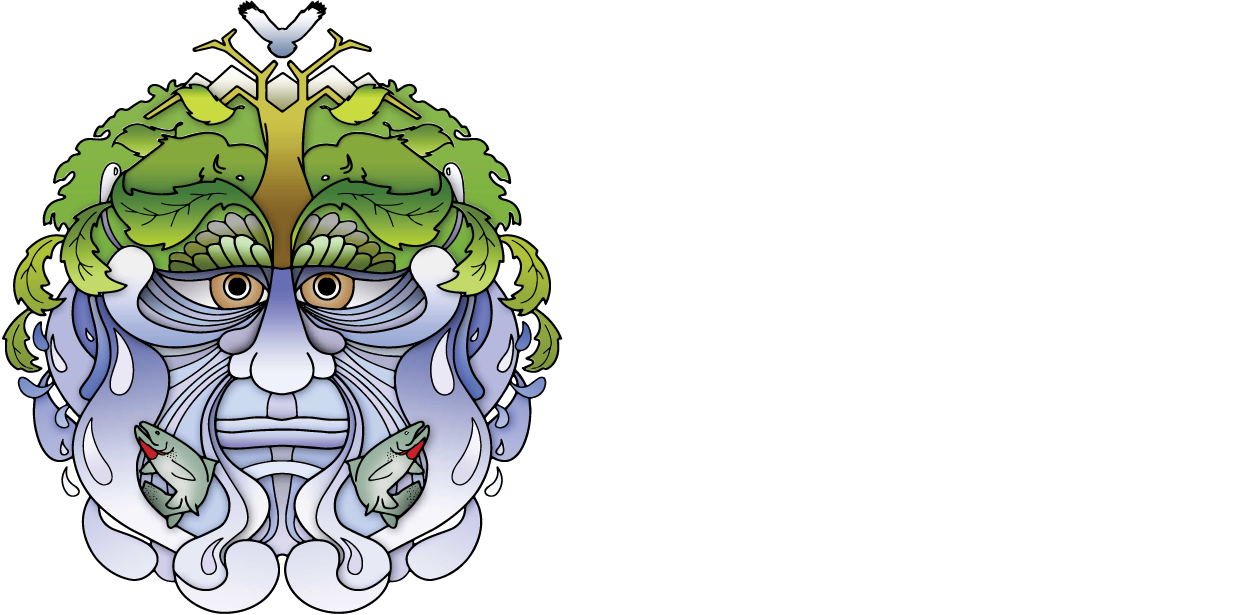The Headwaters Action Plan (HAP) was written in 2013-2014 with the help of community members and key stakeholders who formed the Partnership Advisory Network (PAN). From this PAN, the Headwaters Action Team (HAT) was formed - consisting of the representatives from key sectors who participated in the development of the HAP. The HAT then initiated an implementation strategy on 5 selected Priority Actions in the Headwaters.
The success of the HAP, and attaining the goals of the Priority Actions, is critically dependent on the community, key stakeholders and the OWC working together. The OWC provides a voice for all stakeholders working to achieve our same overarching goal – protecting our watershed for generations to come. OWC focuses on highlighting stakeholder collaborative efforts, facilitation, and being the hub of information, to further enable and encourage multi-stakeholder stewardship in the watershed.
Within the ten diverse organizations that the HAT represents, is a team working together, building relationships and helping to protect our watershed.
The Headwaters Action Team (2014-2015)
In October 2014, "Priority Action 1: Complete a Classification of Linear Features" was attained. Since that time, the OWC has continued to address this Priority Action in our advisory role to the Government of Alberta (GoA). We are actively participating in the process of developing a Linear Footprint Management Plan for the Livingstone and the Porcupine Hills, and a Recreation Management Plan for each area individually. Through this process, the GoA continues to make full use of the OWC’s science and research in their planning processes.
"Priority Action 2: Complete a scale cumulative effects assessment of fish populations and habitat streams" has been a big focus this past year - federally, provincially and locally. In late 2015, the federal government announced a Critical Habitat Order for WSCT, which, coupled with the final Recovery Strategy (March 2014), legally protects the WSCT habitat.
Additional research addressing this Priority Action is being done by the GoA and Alberta Conservation Association (ACA). A member of both ACA and the HAT, Jason Blackburn has been conducting studies to document abundance, population structure, and distribution of genetically pure Westslope Cutthroat Trout (WSCT) in the headwaters, relative to current sediment and habitat measures across a range of disturbance levels.
Fisheries, sediment and compaction measurements have been collected, as well as pool information - including temperature at selected sites across the linear disturbance categories described in the OWC’s Headwaters Indicator Project.
This information has led to population estimates of both juveniles and adults - and has helped to identify remaining pure populations of WSCT and locations where downstream fine sediment accumulations have impacted WSCT abundance, population structures and habitat. This is a 2-year study that will continue on this year and is another excellent example of the collaborative stakeholder efforts that make the Headwaters Action Plan a reality. OWC’s key role is to highlight and communicate the importance of these efforts and the impact they have.
Photo credit: Jason Blackburn, Alberta Conservation Association. ACA Study - Sedimentation Calculation, Grid-toss Method
The Fisheries Department at the GoA is using a broad pool of information, including the study by ACA, to formulate Fish Sustainability Index (FSI) for WSCT as well as Fisheries Management Objectives and Habitat Management Objectives (FMO and HMO) for certain WSCT populations.
The FSI is a method of assessing fish stocks while incorporating present conditions and predicting possible future threats on populations. The FMOs and HMOs will highlight management actions, such as fishing regulations and habitat management, to achieve the objectives laid out in the Recovery Strategy.
"Priority Action 3: Assist Environment and Parks with the awareness and education program (Stop Aquatic Hitchhikers) for stakeholder and the public on how to prevent these aquatic invasive species from entering Alberta". The inspection program is the largest of its kind in Canada, with mandatory watercraft inspection sites at every major road coming into Alberta. In addition, the newest inspector recruits include sniffer dogs trained to detect the quagga and zebra mussels on boats. With the GoA leading this program, the HAT has taken on an advisory role and will continue to provide suggestions of improvement in the program including increasing inspection stations and lengthening the inspection season.
"Priority Action Four: Explore options for recreational user fees to fund enforcement, education and stewardship projects". In addition to the HAT, the Headwaters Action Plan relies on other partners and strategies to implement the plan. In the case of PA4, one of OWC‘s partners – the Environmental Law Center – has been researching how other jurisdictions manage access on public land, with permits and user fees, and sharing this information with stakeholders so that Alberta can learn from what has and is being done. Last year, workshops were held to discuss access management and education of recreational users and recommendations are provided to decision makers regularly.
With these 4 main Priority Actions, there is also a 5th Priority Actions that weaves through it all: Education and Awareness which is highlighted in OWC’s Engaging Recreationists Program.
Further Outreach is being done via our Film Project, which is producing a number of high-quality videos which can be shared on partners' websites and shared at meetings, conferences and schools. There is material available at the scientific, public and kids' levels.
Please see the OWC Film Project for more information.
Larin Guenther, Planning Manager






